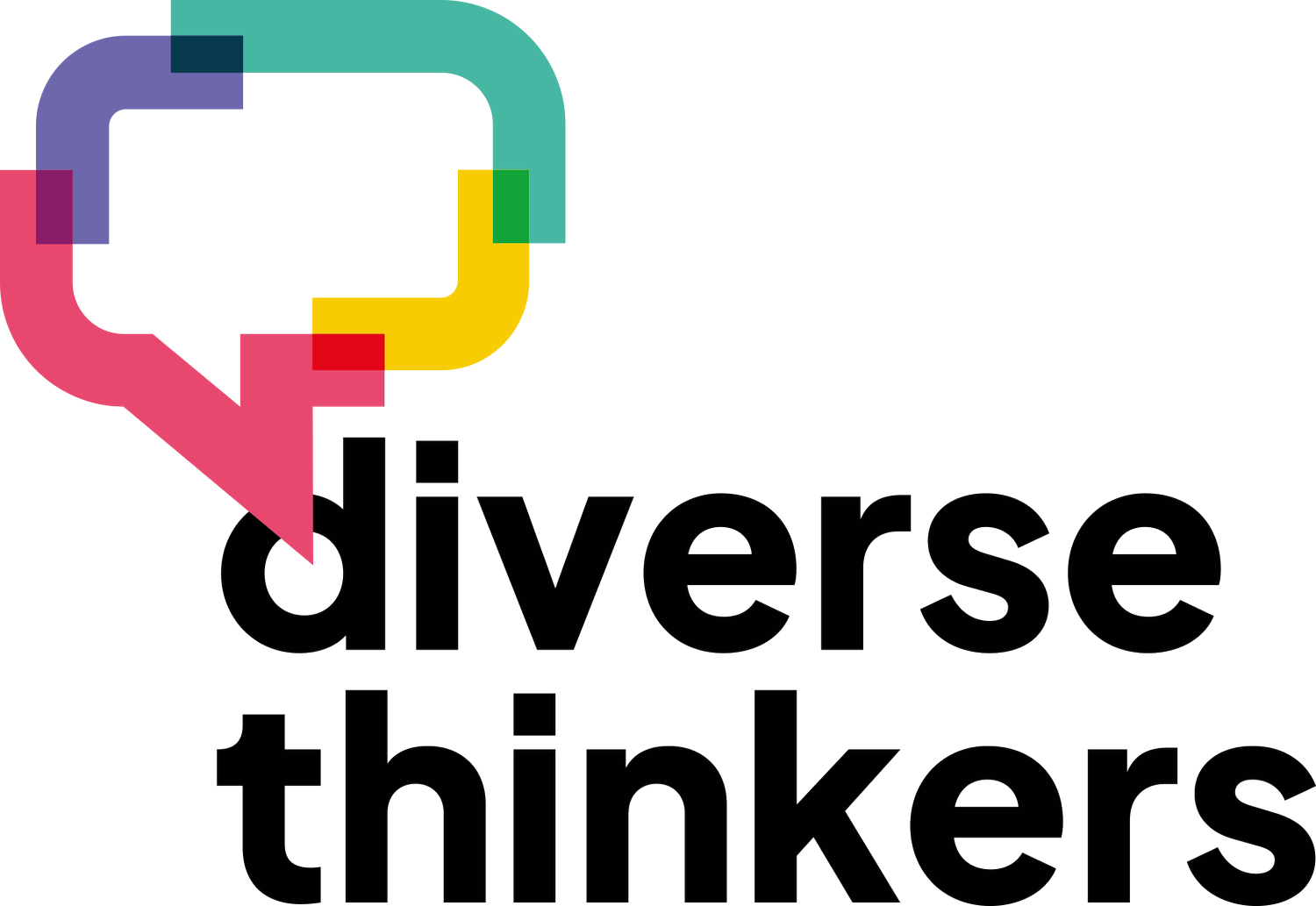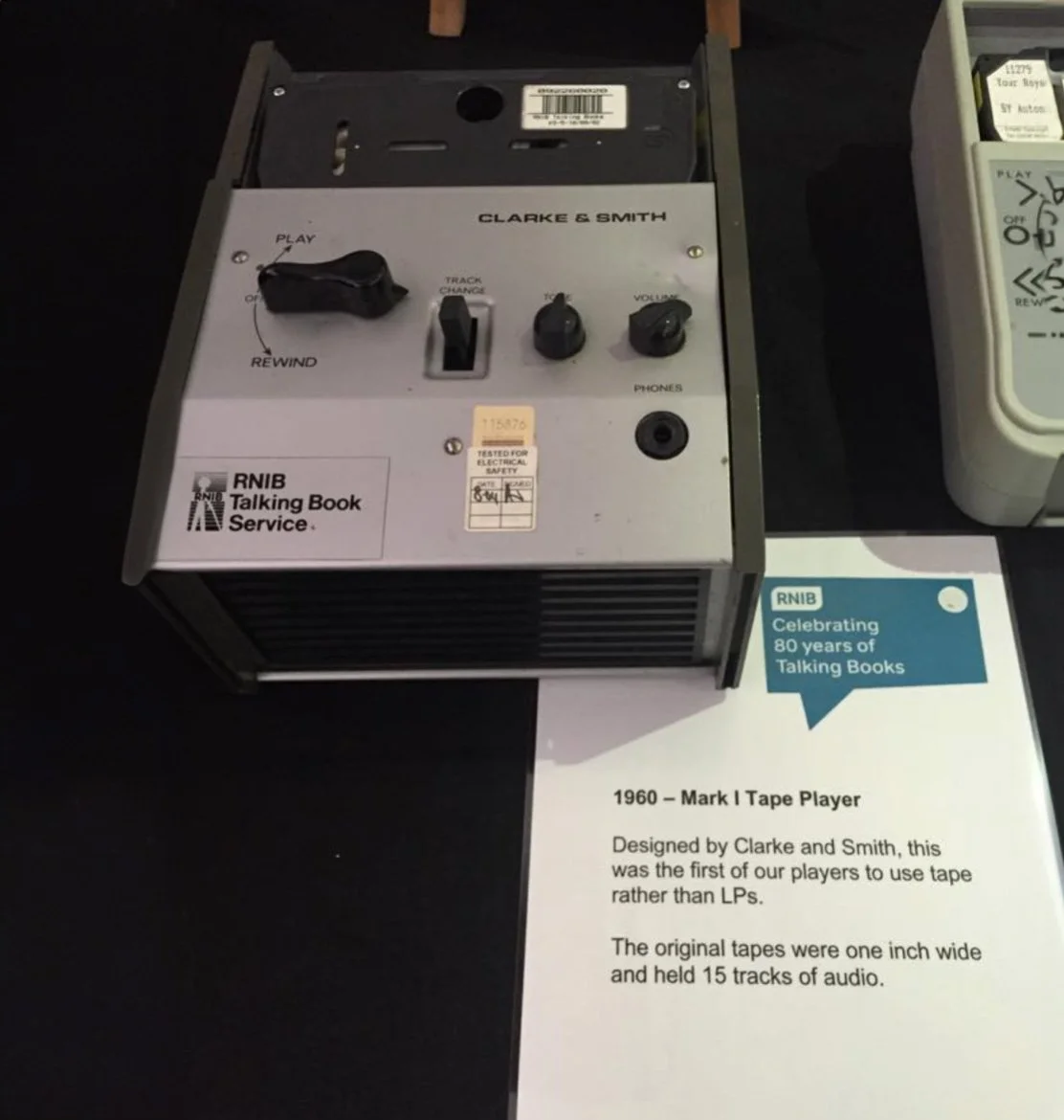My Journey with RNIB and Sight Loss
One of my earliest memories is of watching my Dad preparing and playing an RNIB Talking Book on a machine that would now look completely antiquated. To be fair, I think it did even then.
RNIB Talking Book
Since then, I’ve often thought about what it would be like to lose my sight. I have a condition where this is always a possibility, and my sister went blind nearly 20 years ago, struggling for some time before she got the help and support she needed. In fact, I lost my sight a few years back and dealt with this reality for around 24 hours before being told it was a completely curable detached retina. The fear I felt before knowing my sight would be restored was indescribable. Even knowing as much as I did about the full life my sister and others were able to live didn’t make it any easier for me. Had it continued, I know I would have gone through a full grief cycle for what I had lost.
The Reality of Blindness
I spent over five years working for RNIB as their lead for film production, and in this time, I made numerous films about sight loss and what it’s like for different people with different conditions. It’s very rarely about not seeing anything at all, despite what most people seem to think. Some time was spent at RNIB on trying to clear up this common misconception that being blind is like looking into a black screen all day. This film that I made back then perhaps gives some idea of the reality for different individuals.
Here is the RNIB Film.
I can still remember when a large production company sent my team at RNIB a film they’d made with a very famous voice actor, supposedly as a favour because they thought it was a great idea. It was the black screen you see just before the film comes on in cinemas where a booming voice tells you to “switch off your phone”. Except in this version, the booming voice was using the darkness to ‘explain’ to the audience what sight loss was like—i.e., like looking at a big black screen. “Imagine”, the voice said, “if you could see nothing at all. Even here in this cinema you can probably see the exit lights” he went on, “but blind people, they see nothing at all.” This was followed by a polite ask to donate money to RNIB for all the poor blind people! It was so far from the message RNIB was trying to get across about the reality of sight loss. Yet we didn’t want to be rude to such a powerful company and celebrity who saw us putting out their kindly donated advertisements into cinemas across the country. They couldn’t understand why we wouldn’t jump at this opportunity for some unasked for and completely off-message publicity.
Image Description: A person looking out the window, with pastel colours and soft lighting, is in an illustration style.
Understanding Individual Experiences of Sight Loss
The reality, that sight loss might look very different dependent on the person, their condition, and even the time of day, can be hard for others to grasp. Since my days at RNIB I’ve requalified as a therapist, and the idea that it’s different for everyone really resonates with me. As a psychotherapist, counsellor, and coach, I see my role as getting into my client’s frame of reference and trying to understand what it must be like for them, rather than assuming you know from what you’ve heard or experienced yourself. I also specialise in working with neurodivergent people, again something where there is by nature, diversity, in how people, even with the same diagnosis, might present.
When it comes to knowing how a client likes to work, or even how best to communicate with them, it’s always best to ask. For example, a client may prefer a phone call or text message to an email that may get lost in their junk. Or they may prefer email. It may be that they want to be met at the door when they arrive at your building and guided in, or they may want to make their way independently. In fact, asking is really just a courtesy as it makes things easier for any client, whether they have a disability or not. This is a simple way to make a practice more accessible.
Becoming an RNIB Accredited Counsellor
So as someone who used to make films for RNIB, once I re-qualified in psychotherapy, I was thrilled to undergo the RNIB therapist training to work with people with sight loss—and to see they were still using some of my films as part of the course. After diagnosis with a sight loss condition, there is no NHS pathway for specific mental health support. So I am pleased that I’m also now an official RNIB accredited counsellor for working with individuals coping with blindness and sight conditions.
Celebrating My Sister’s Achievements
And as for my sister, Suzie Simons, I’m very proud to say that having undergone her own sight loss journey when she lost her vision shortly after having her first child, she has set up her own charity Eye Matter, running amazing activities and groups for people who are blind or visually impaired. I’ve enjoyed going along as a guide to many of her trips, and she’s currently up for an RNIB award for her voluntary work. A truly inspirational woman, who told her own sight loss story in this film that I made a few years back.
Watch Suzie’s Story.
If you’d like to find out more about any of the issues mentioned here or how I can support you through counselling, coaching, and psychotherapy, contact jules@diversethinkers.org or visit diversethinkers.org - For more information on Suzie’s charity Eye Matter, visit eyematter.org.uk.


